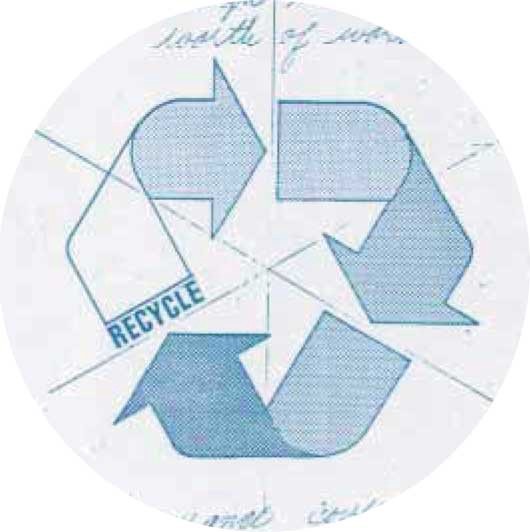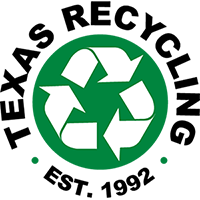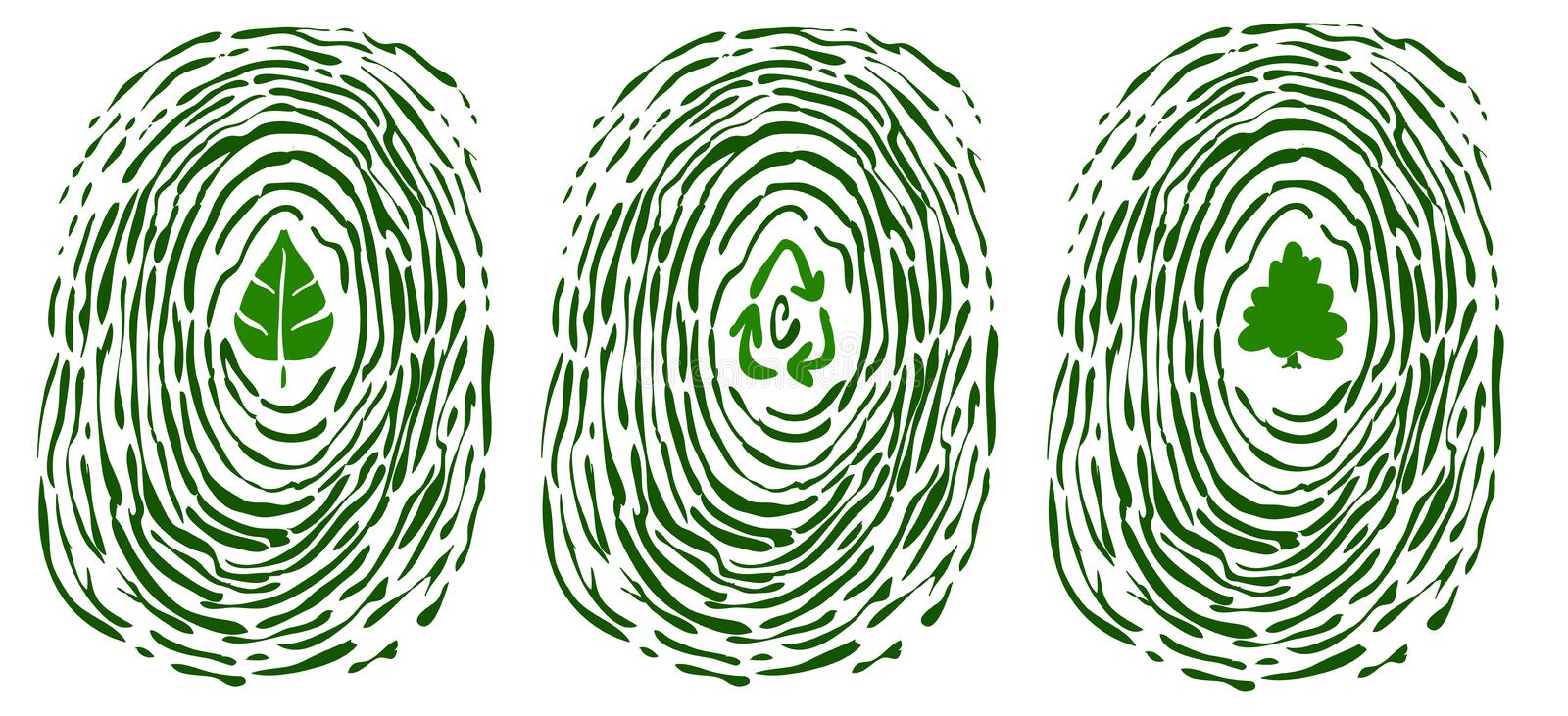Paper, glass, or plastic, the recycling symbol is virtually ubiquitous today. More people and businesses recycle today more than ever in human history. In the United States in 2018, 292.4 million tons (U.S. short tons unless specified) of Municipal Solid Waste (MSW)—or trash—were generated. About 94 million tons of MSW were recycled and composted, resulting in a 32.1 percent recycling rate. This means in the U.S. about one-third of all waste is recycled.
Bottom line, there is a push to make progress in reducing landfill waste. Such progress originated in 1970, the year of the first Earth Day. It was a catalyst year that introduced recycling as a movement—and as a symbol. So, what is the true meaning of recycling, what are its origins and why should you care?
It is simple. Recycling benefits individuals, organizations, and communities. It is a pain-free way to reduce waste and more landfills-and all the related municipal costs. It gives back in hard dollars and in terms of lifestyle quality. Who doesn’t prefer beautiful greenery, landscapes and parks versus trash heaps, junkyards and litter? Plus, we can admit it feels good knowing that used paper and plastics are being revamped and re-used for the benefit of all.
The Recycling Symbol
The 1970s created an awareness of junk and trash growth. Between 1960 and 1970, U.S. waste increased from 88.1 short tons to 122.1. The mission became to reduce waste, manage landfills, and generate much-needed awareness. The result: The very first Earth Day on April 22, 1970, and a public contest to create a universal recycling symbol. The nationwide drawing contest was organized by Bill Lloyd, a graphic designer at the paperboard company Container Corporation of America (CCA), now Smurfit-Stone Container Corporation, which at that time was also the largest user of recycled fiber in the United States.
The first-place winner was 23-year-old Gary Dean Anderson, a graduate student at the University of Southern California in Los Angeles, who had just graduated from USC’s five-year architecture program. His drawing was inspired by the Mobius strip, a figure created by gluing the ends of a single strip of paper together and twisting it. Gary also enjoyed art from M.C. Escher, a Dutch artist who is known for a series of drawings based on the Mobius strip.

“It didn’t take me long to come up with my design,” he later wrote in the Financial Times. “A day or two. I almost hate to admit that now. But I’d already done a presentation on recycling wastewater, and I’d come up with a graphic that described the flow of water, from reservoirs through to consumption, so I already had arrows and arcs and angles in my mind.”
However, it took several years for the recycling symbol to catch on and become widely used in the United States and elsewhere. In fact, Gary Anderson had rarely seen the symbol in use until some ten years after the contest.
The symbol today is really two types of symbols—and includes several different symbols. One category is reserved for products which can be recycled after consumption. The second category is reserved for products that contain recycled materials or make use of recycled materials in the manufacturing process. For complete details of the various symbols, read this.

What Really Matters
Being active and engaged with recycling is what really matters. Whether at home or at the office, or your role in initiating a companywide workplace recycling program-it is easy. And beneficial. You can drive down disposal costs by decreasing trash volumes and generate revenue with recyclable paper, metal, post-industrial plastic, textiles, and electronics.
Make this year one in which keeping America beautiful is a personal and corporate mission. Recycling works best when we all pitch in. That’s what really matters.
Commercial Recycling Solutions with Texas Recycling
Does your company want to improve waste management? Texas Recycling is committed to helping companies recycle responsibly and affordably. Our customized solutions will help your company generate revenue with recyclable paper, cardboard, newspaper, office paper and industrial metal. Texas Recycling offers competitive pricing and customer service that exceeds expectations. To learn more or to set up a volume-based commercial recycling program and regular pickups, call 214-357-0262, or visit the Texas Recycling website at texasrecycling.com.

